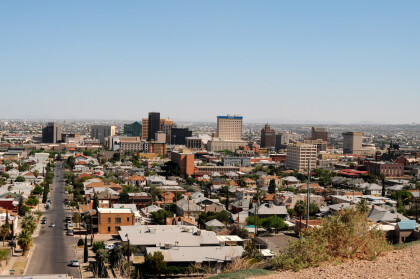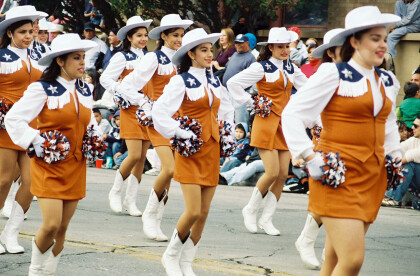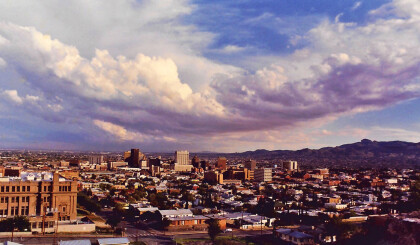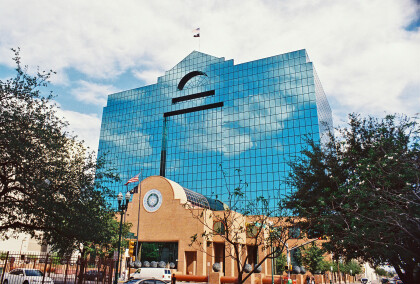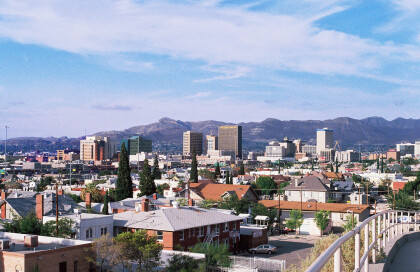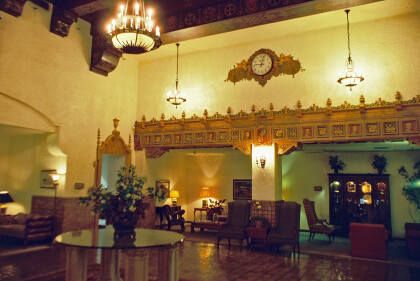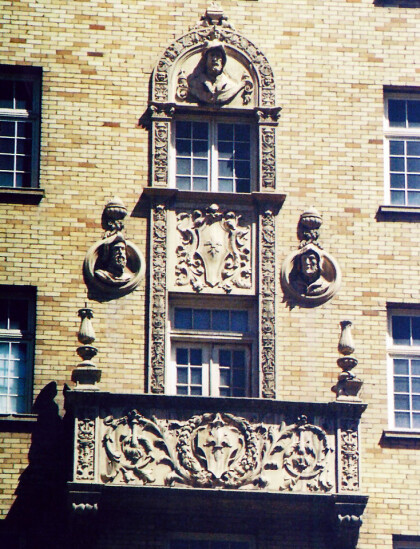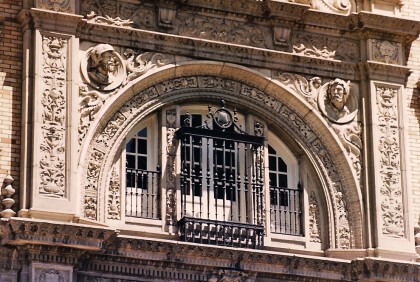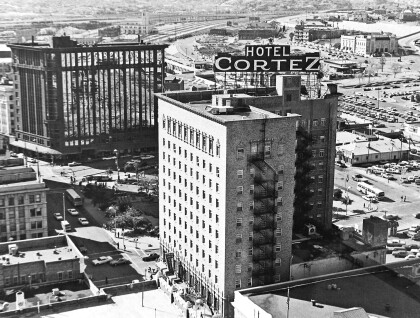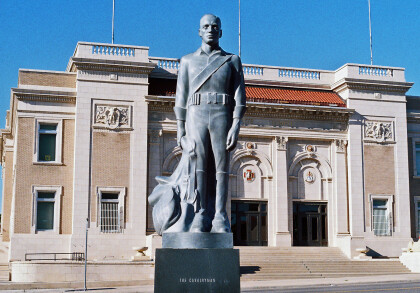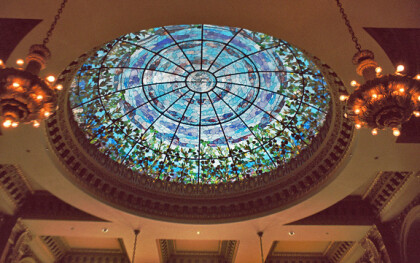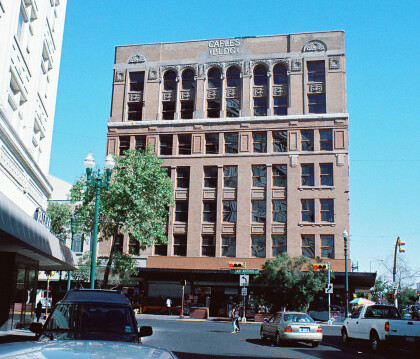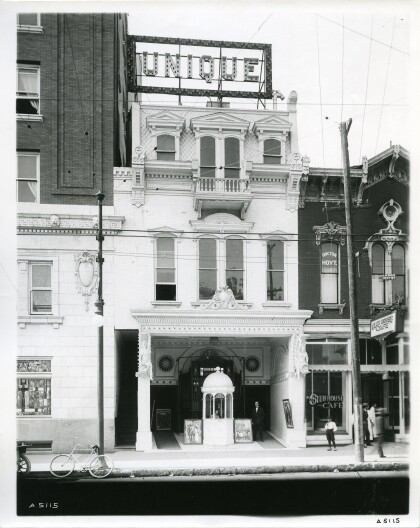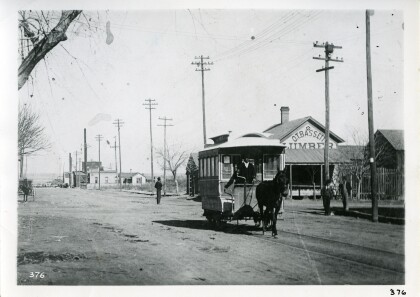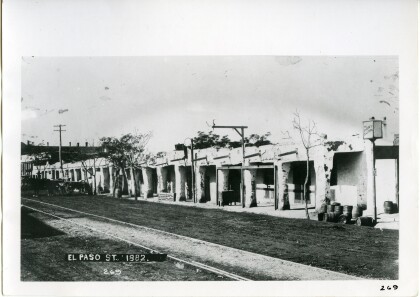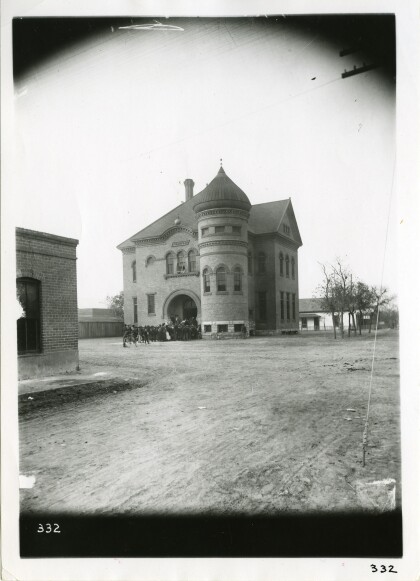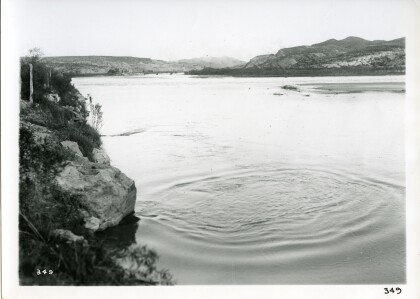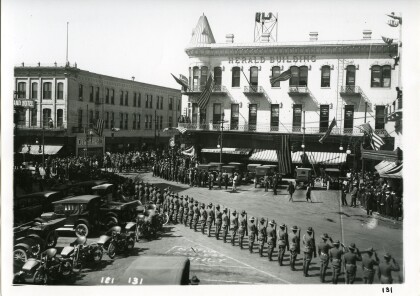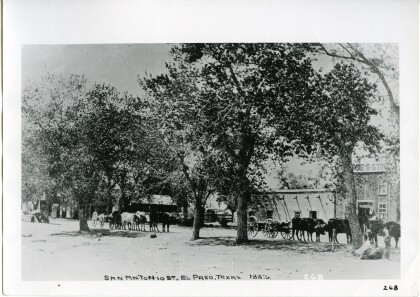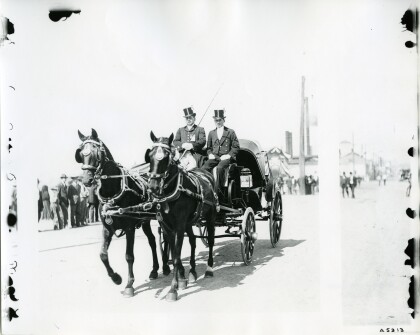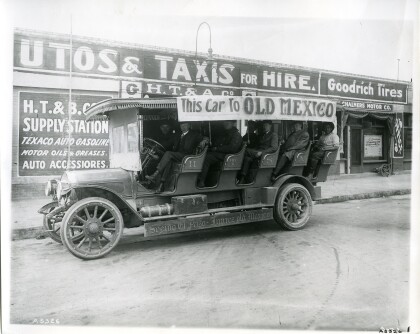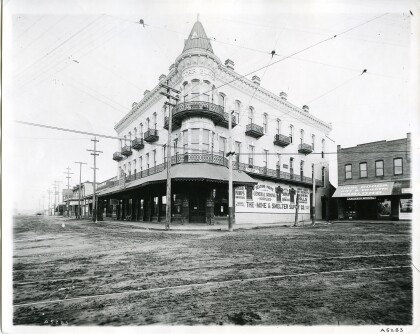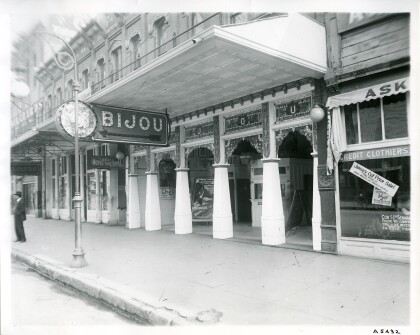Mostafa Al-Azemmouri/Estevanico at Pioneer Plaza
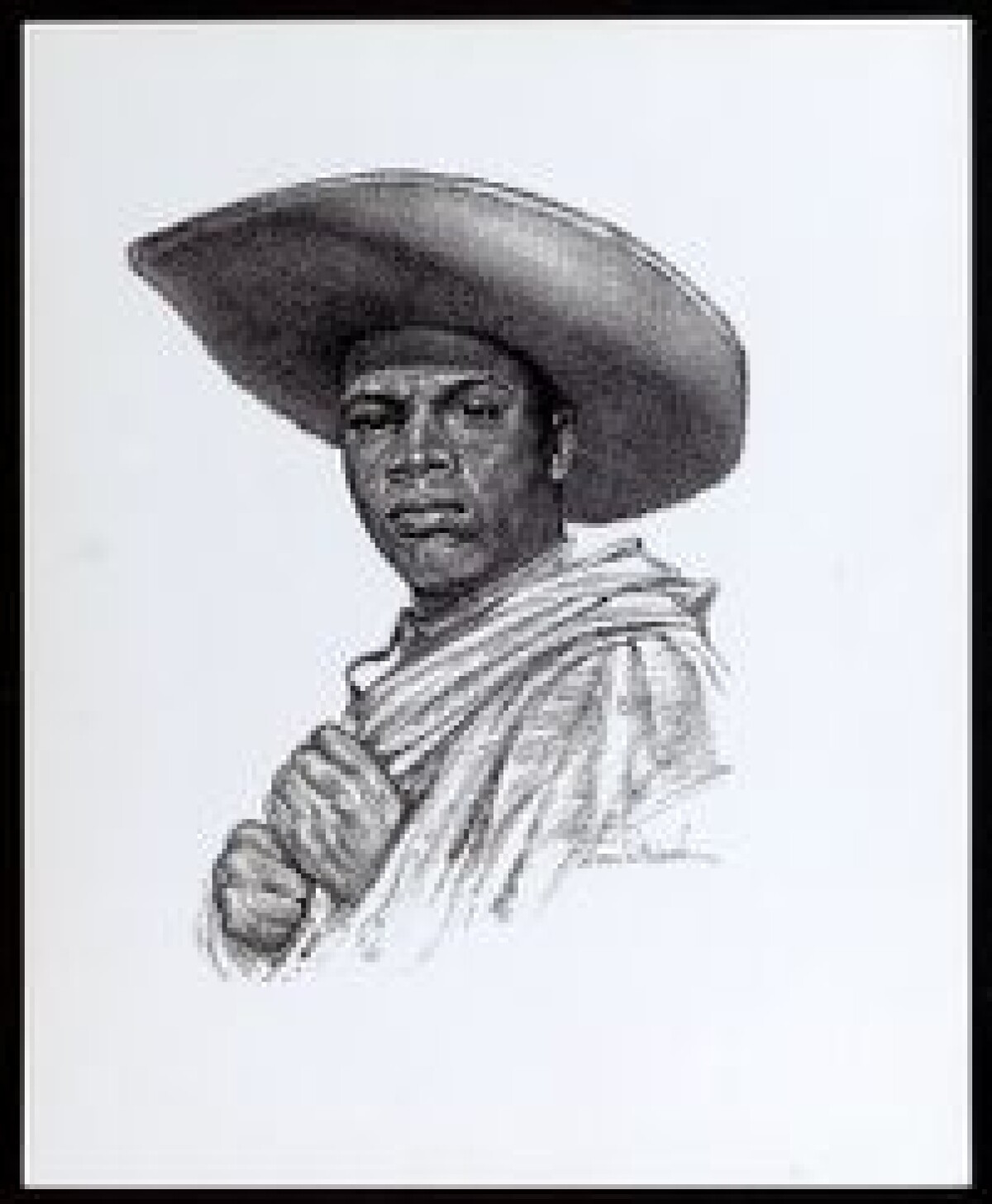
Mostafa Al-Azemmouri/Estevanico at Pioneer Plaza
Te encuentras en Historias: El Paso's Black History, Site #1: Mostafa Al-Azemmouri/Estevanico at Pioneer Plaza .
Nacido alrededor de 1500 en Azamor, en la costa atlántica de Marruecos, se cree que Mostafa Al-Azemmouri (conocido más a menudo por su nombre de pila Estevanico) es la primera persona afrodescendiente en viajar por la región suroeste. Al-Azemmouri fue capturado en Portugal y vendido como esclavo español cuando tenía poco más de 20 años, y finalmente viajó con su amo a la actual Bahía de Tampa, Florida en 1528. La expedición de conquista llegó a América del Norte con aproximadamente 300 hombres pero después de solo un año, solo quedaron cuatro, incluido Al-Azemmouri. Los cuatro hombres pasaron varios años como cautivos de las tribus nativas americanas, y Al-Azemmouri demostró una aptitud para la comunicación, aprendiendo rápidamente las lenguas indígenas. Cuando los hombres finalmente regresaron a la Ciudad de México y al corazón del Imperio colonial español, Al-Azemmouri fue vendido nuevamente como esclavo para servir como intérprete para el Imperio español. Debido a su habilidad lingüística, a menudo se enviaba a Al-Azemmouri para comunicarse con las tribus indígenas. En 1539, en una expedición de conquista al norte, Al-Azemmouri se adelantó al grupo principal y fue asesinado por el pueblo A:shiwi de Hawikku en el oeste de Nuevo México.
Fuentes: “Estevanico” por Donald E. Chipman (de TSHA Online); Afroamericanos en El Paso (Imágenes de América) por el Dr. Maceo Crenshaw Dailey Jr., Kathryn Smith-McGlynn y Cecilia Gutiérrez Venable; “Historia (de)esclavización: Mostafa al-Azemmouri, el cautivo marroquí del siglo XVI en la historia de la conquista” por Lhoussain Simour
Support for this project is provided by Art Bridges as part of DelArt’s Black Survival Guide, or How to Live Through a Police Riot exhibit on display at the El Paso Museum of History through July 22, 2022. The Museum of History is located at 510 N Santa Fe Street, is free admission, and is open Wednesday through Saturday from 10 AM to 6 PM.
Commissioned from conceptual artist Hank Willis Thomas, Black Survival Guide is an innovative, participatory exhibition that draws attention to the "holes" in narrative history through the melding of words and pictures. To complement this exhibit, the El Paso Museum of History has installed six QR codes throughout downtown and central El Paso to recognize sites of local Black history.
Reportar esta entrada
Más sobre la misma comunidad-colección
Panoramic view over El Paso downtown
The picture is made from north of Downtown and shows El Paso ...
Tallas de los Españoles en Cortez Edificio
The picture shows parts of the decoration of the Cortez ...
Tiffany domo en Camino Real Hotel
This 25-foot Tiffany glass dome graces the lobby of the Camino ...
Parade of US Army through Downtown
US Army troops parading through Pioneer Plaza with the Herald ...
